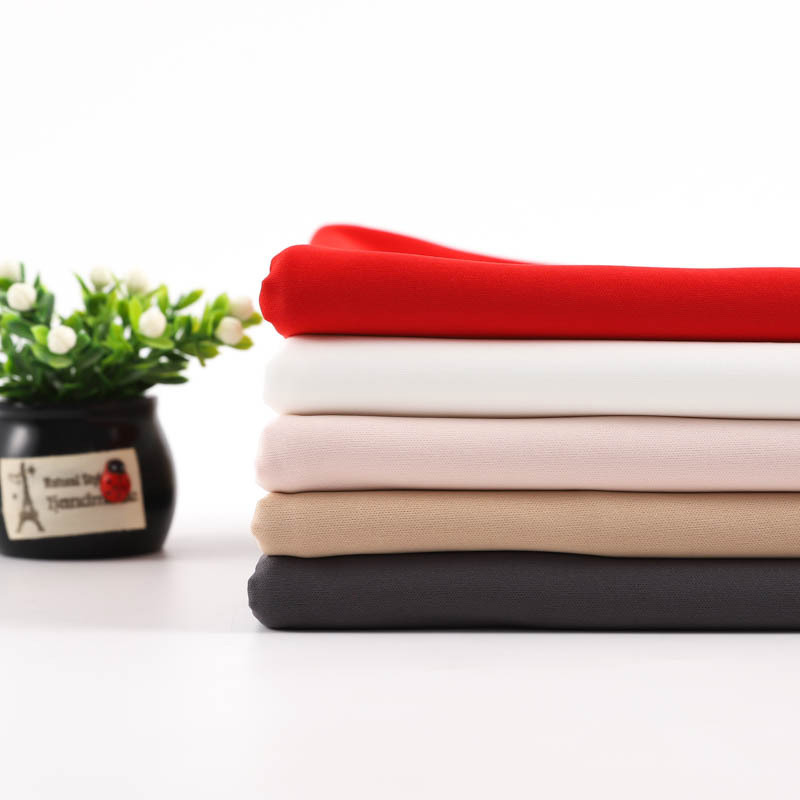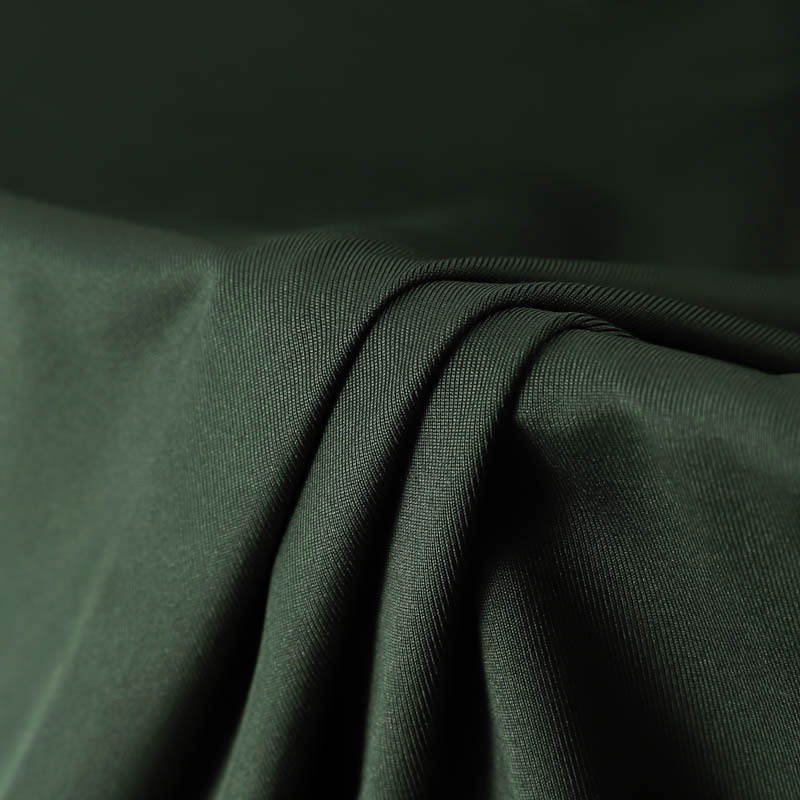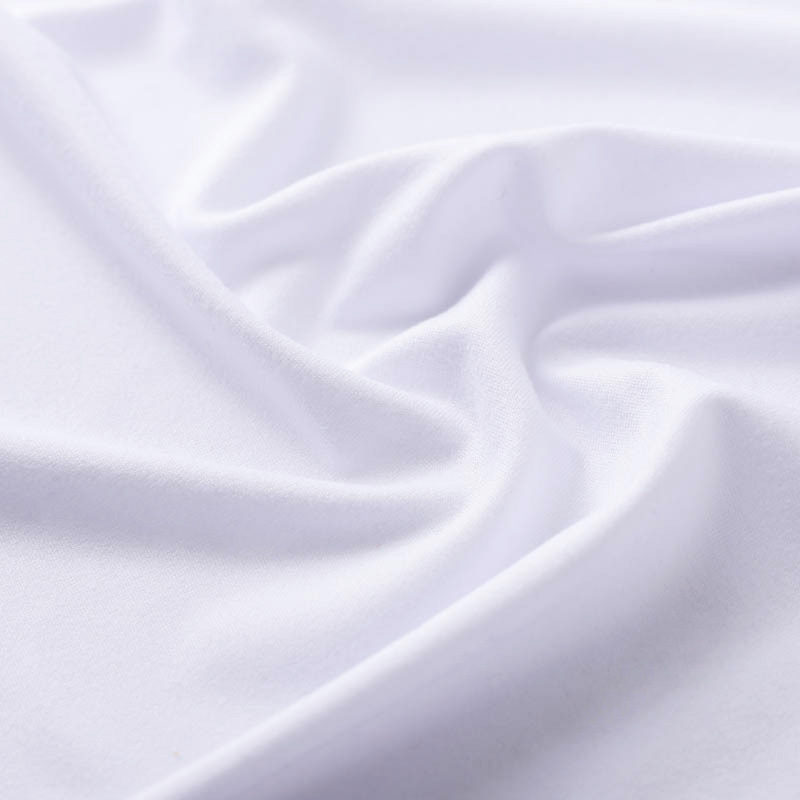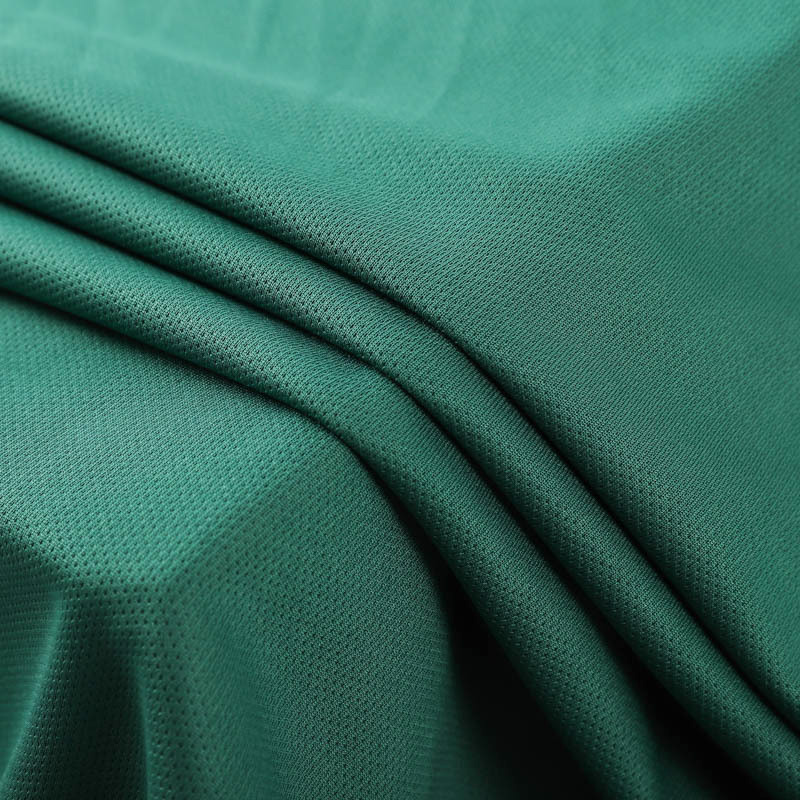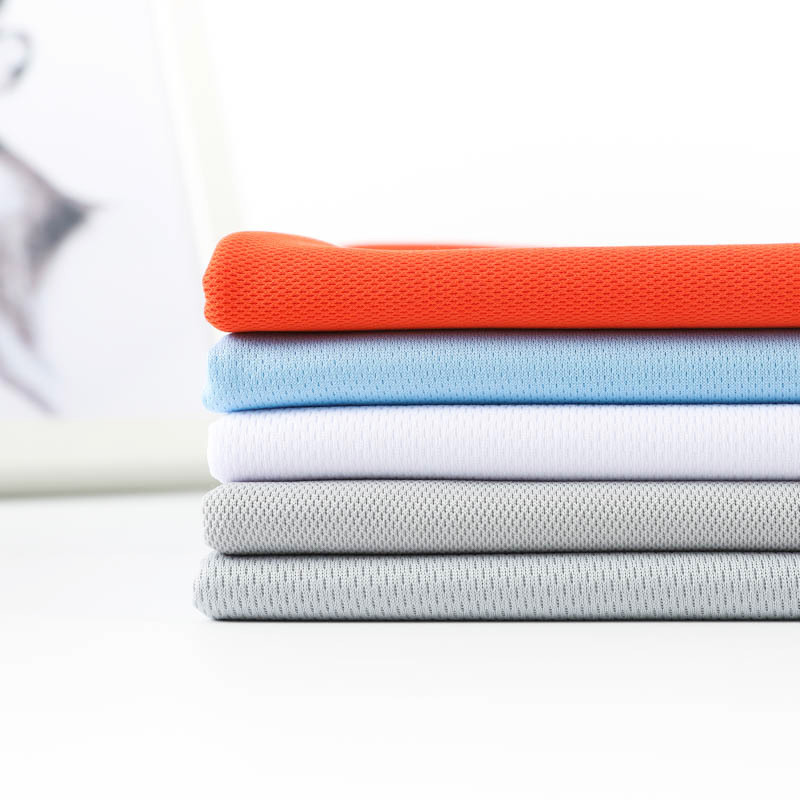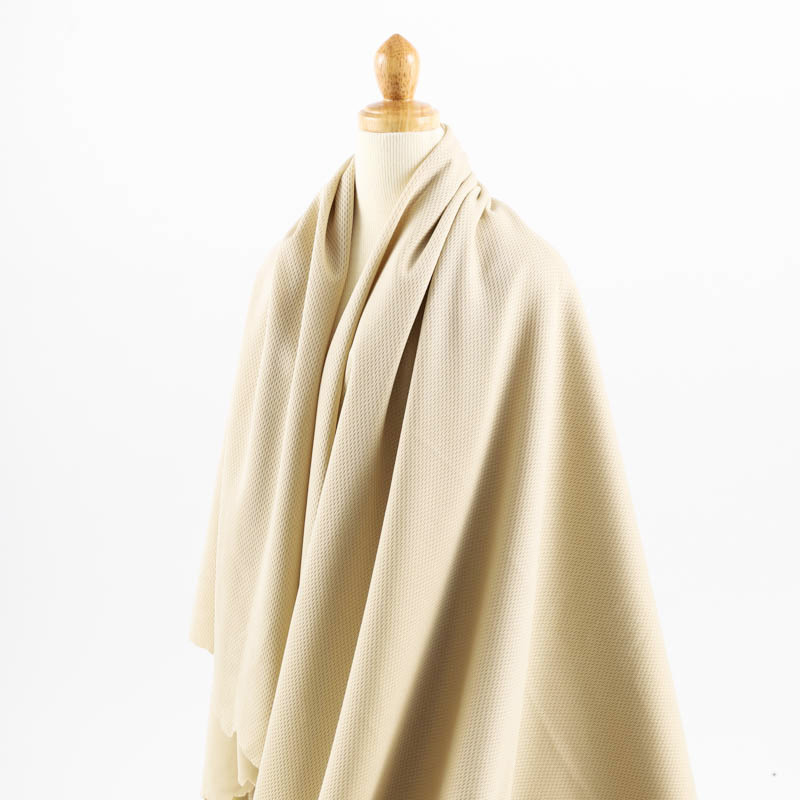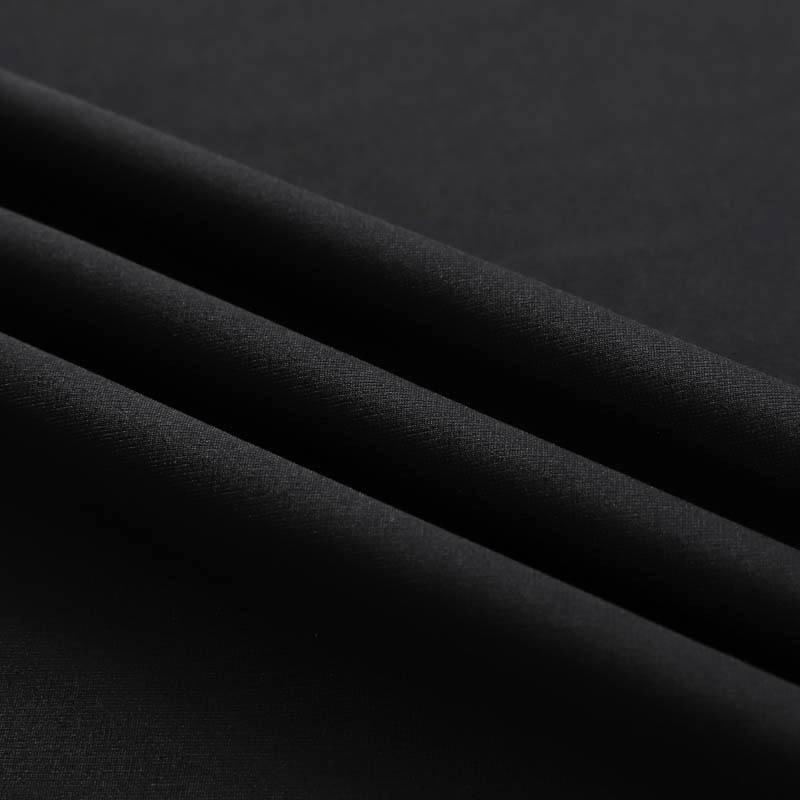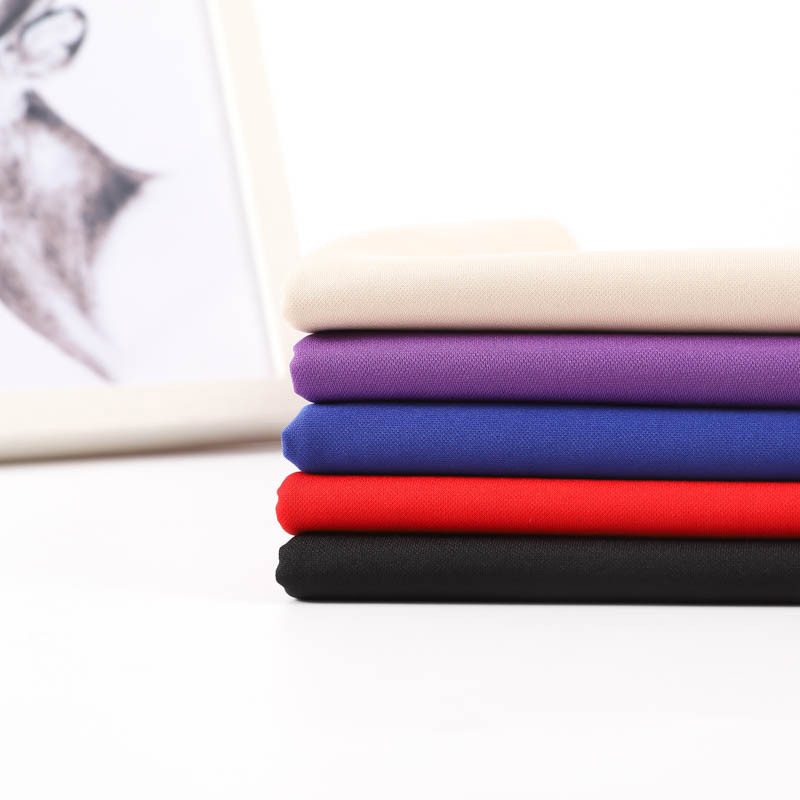With the increase of environmental awareness and people's pursuit of a healthy lifestyle, the innovation and development of the textile industry have also paid more attention to the comfort and environmental protection of materials. Among many emerging fabrics, ammonia-free milk silk fabric has gradually become a highlight of the market due to its unique natural ingredients and comfort. Especially for people with sensitive skin, the natural softness and skin-friendly properties of ammonia-free milk silk fabric make it an ideal choice.
Natural softness and skin-friendly properties of ammonia-free milk silk fabric
In sensitive skin care, the softness and comfort of fabrics are often the decisive factors. Ammonia-free milk silk fabric, as the name suggests, is derived from natural milk protein, which is extracted and converted into fiber through a special process. Unlike traditional chemical synthetic fabrics, ammonia-free milk silk fabric uses ammonia-free environmentally friendly technology to avoid the residue of chemicals in traditional fabrics and reduce possible skin irritation from the source.
The uniqueness of ammonia-free milk silk fabric is that it has excellent natural softness. The structure of milk protein molecules is similar to that of natural silk, which can give the fabric a very smooth and delicate touch. Compared with synthetic fibers, the softness of natural fabrics is more suitable for long-term contact with the skin, especially for sensitive skin. It can provide a silk-like gentle touch and reduce the irritation of friction to the skin. This natural softness makes ammonia-free milk silk fabric an ideal choice for people with sensitive skin.
Touch and skin adaptability of ammonia-free milk silk fabric
Sensitive skin is often sensitive to the roughness, hardness and friction of fabrics, and may even cause discomfort or allergic reactions due to inappropriate fabrics. The skin-friendly nature of ammonia-free milk silk fabric makes it almost frictionless when in contact with the skin, and it can gently wrap the skin when worn, avoiding the stinging or scratching caused by rough fabrics.
This soft and smooth texture comes from the natural fiber structure of ammonia-free milk silk fabric. Compared with ordinary chemical fibers or synthetic fabrics, the structure of natural fibers is more delicate, so the contact with the skin is more gentle. This natural skin-friendly property is very suitable for people with delicate skin, especially infants, the elderly and some consumers with more serious skin problems. Wearing clothes made of ammonia-free milk silk fabric can avoid common skin discomfort and provide lasting comfort.
Skin protection effect of ammonia-free milk silk fabric
The natural softness of ammonia-free milk silk fabric is not only reflected in the touch, but also in its protective effect on the skin. Due to the amino acids and milk fat components in its natural milk protein, these natural substances can provide additional nourishment and moisturizing effects to the skin. During the wearing process, ammonia-free milk silk fabric not only avoids allergies or irritation that may be caused by traditional fabrics, but also provides repair function for the skin to a certain extent. The nutrients in milk protein can help the skin stay hydrated, prevent excessive drying, and help relieve the feeling of tightness of the skin.
Especially for those who are often exposed to irritating chemicals or are in a dry environment all year round, choosing ammonia-free milk silk fabric can effectively reduce external irritation to the skin and help restore the skin's natural barrier function. This feature makes ammonia-free milk silk fabric not only a synonym for comfort, but also an effective support for skin care.
Excellent breathability and comfort of ammonia-free milk silk fabric
In addition to its natural softness, the breathability and moisture absorption of ammonia-free milk silk fabric are also important components of its skin-friendly properties. Traditional synthetic fibers are usually not as breathable as natural fabrics, while the natural fiber structure of ammonia-free milk silk fabric gives it very excellent air circulation, which can effectively remove excess heat and moisture from the body surface and avoid the stuffiness caused by poor ventilation.
When the human body sweats, ammonia-free milk silk fabric can quickly absorb moisture and quickly perspire to keep the skin surface dry. This feature is especially suitable for people with sensitive skin, because moisture and stuffiness often aggravate skin discomfort, leading to allergies or inflammation. The breathability of ammonia-free milk silk fabric can help regulate the skin's microenvironment and reduce skin problems caused by sweating.
Environmental protection and health advantages of ammonia-free milk silk fabric
In addition to its unique benefits to the skin, the environmental protection of ammonia-free milk silk fabric cannot be ignored. With the improvement of environmental awareness, more and more consumers are beginning to pay attention to the sustainability of the products they buy and their impact on the environment. Ammonia-free milk silk fabric uses natural milk protein and avoids the use of harmful substances such as ammonia and chemical solvents during the production process, so it has a smaller burden on the environment. The ammonia-free process used in the production process not only meets modern environmental standards, but also reduces the discharge of chemical waste.
Ammonia-free milk silk fabric is degradable and will not cause excessive pressure on the environment even after it is discarded. Compared with common synthetic fiber fabrics, ammonia-free milk silk fabric is more in line with the concept of sustainable development, which is one of the reasons why it is so popular.



 English
English  中文简体
中文简体 